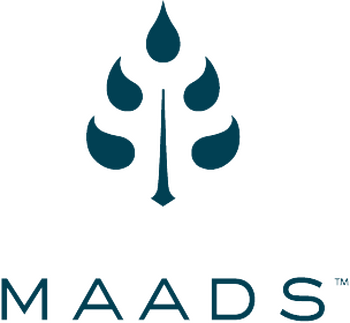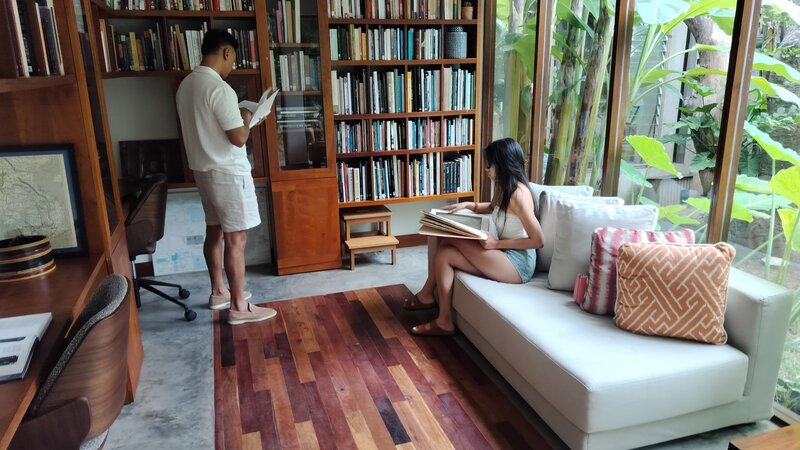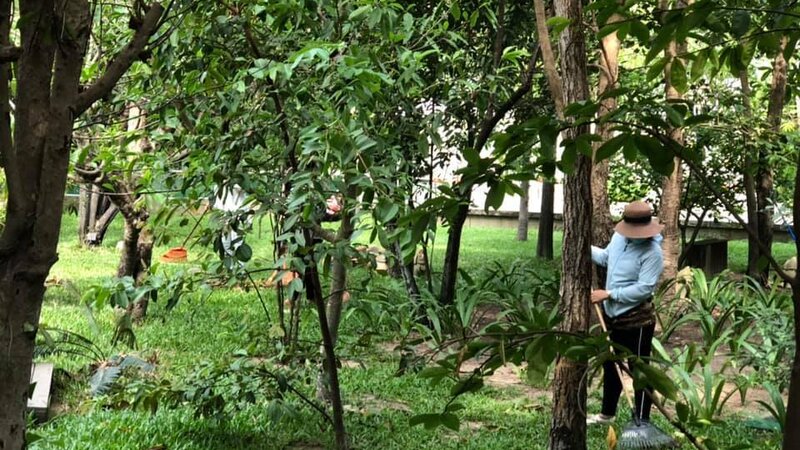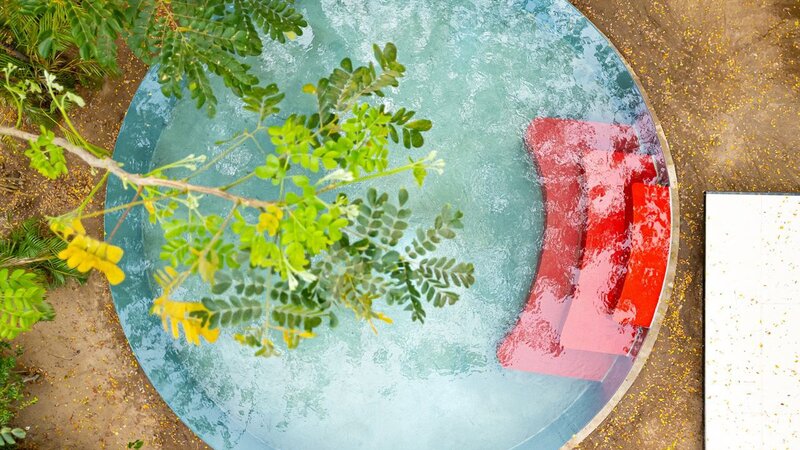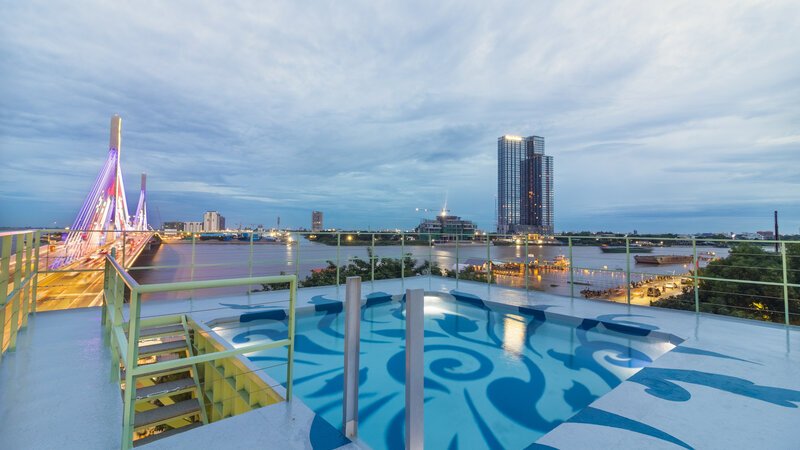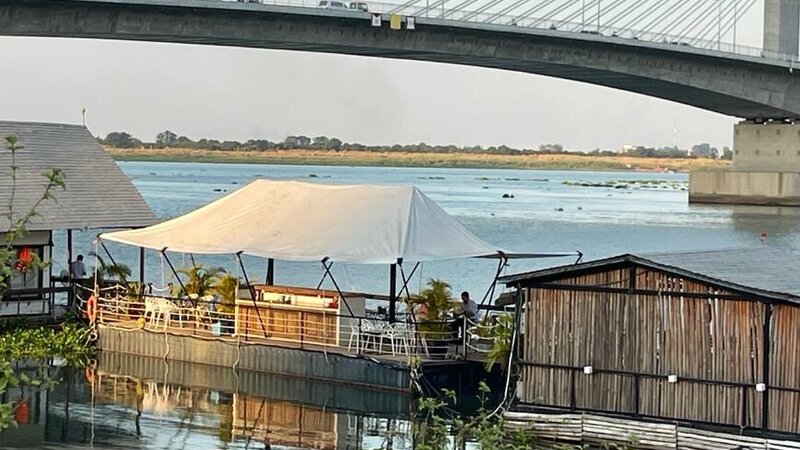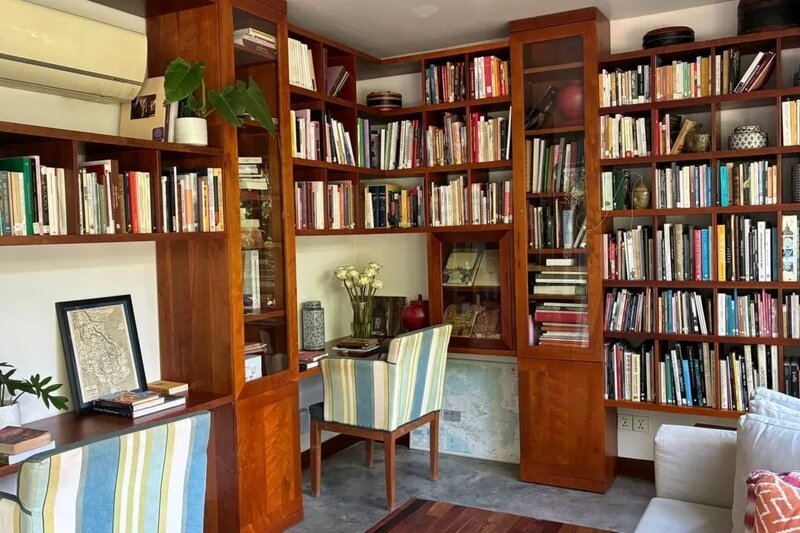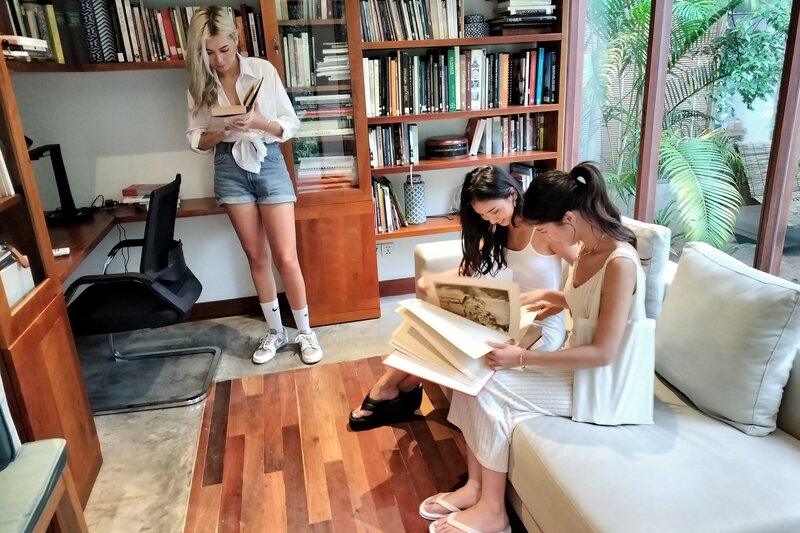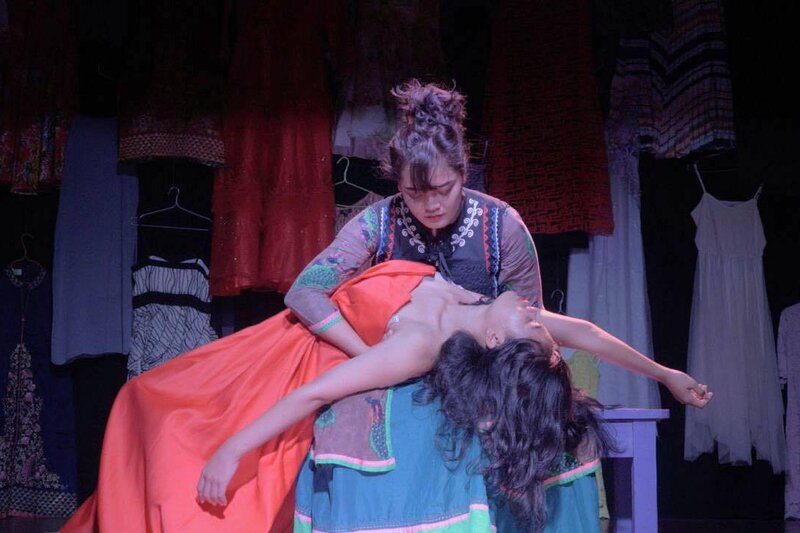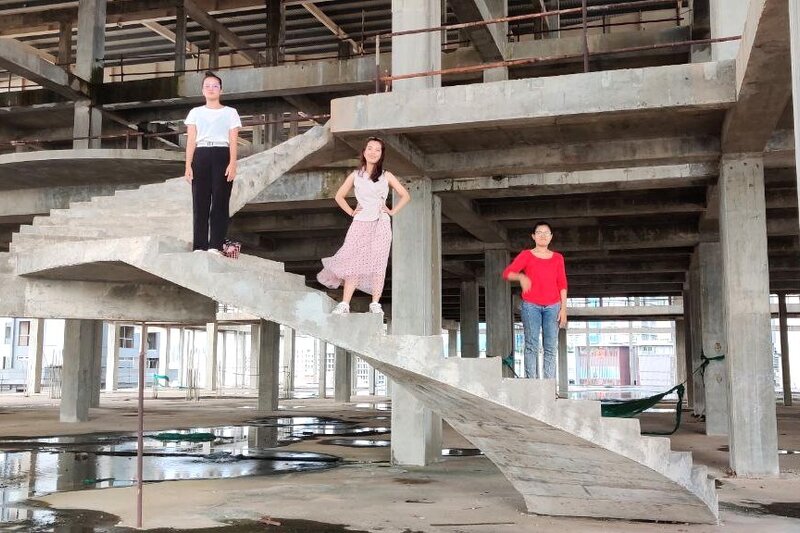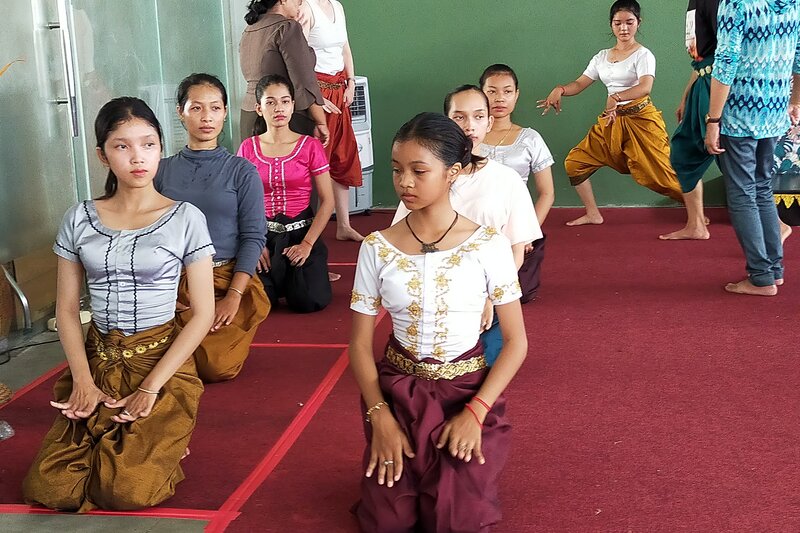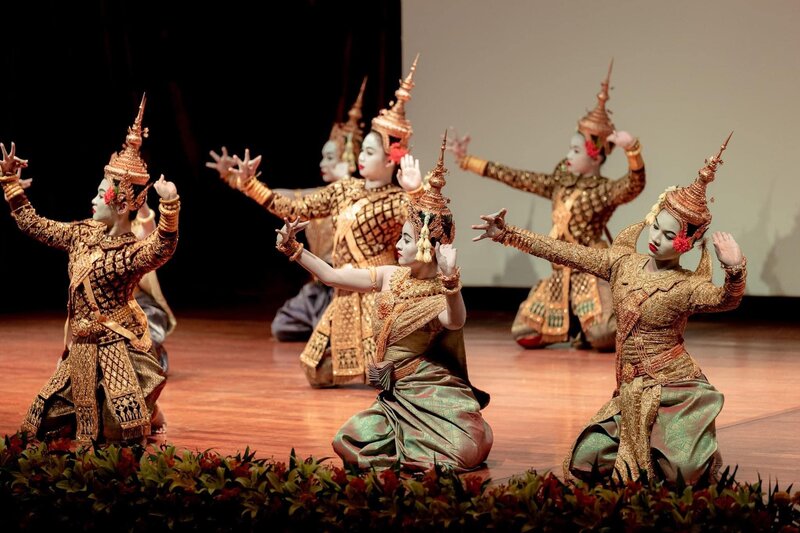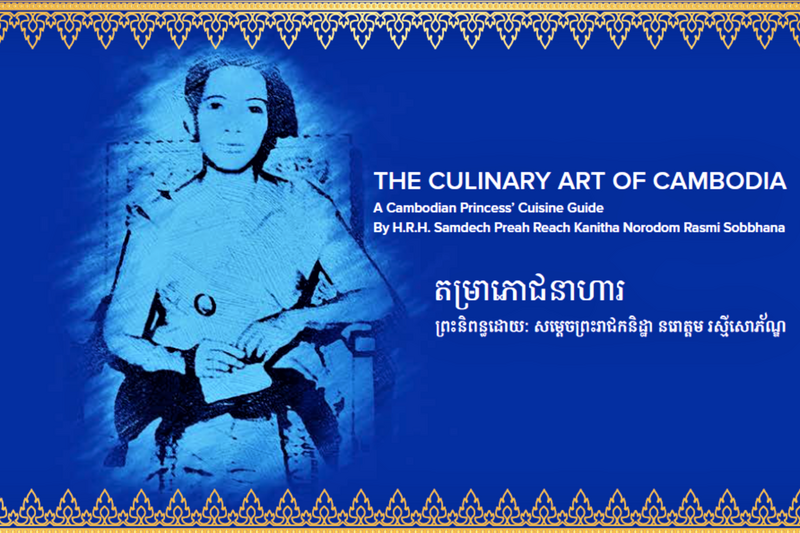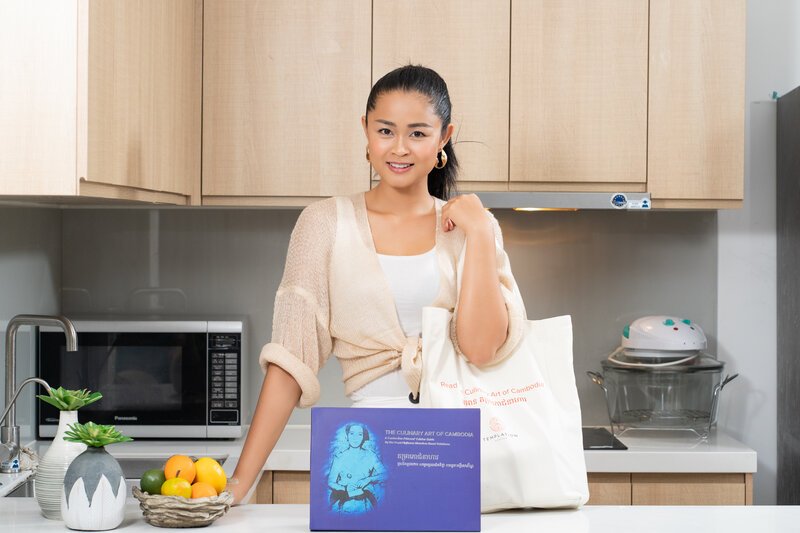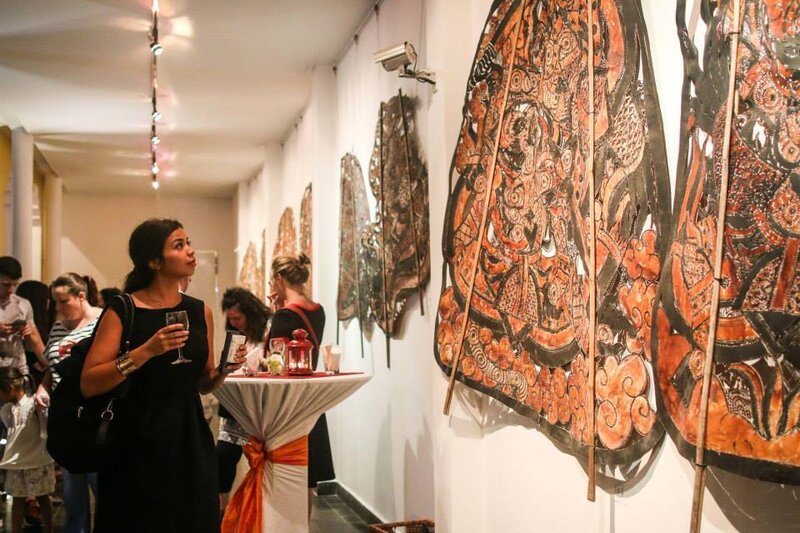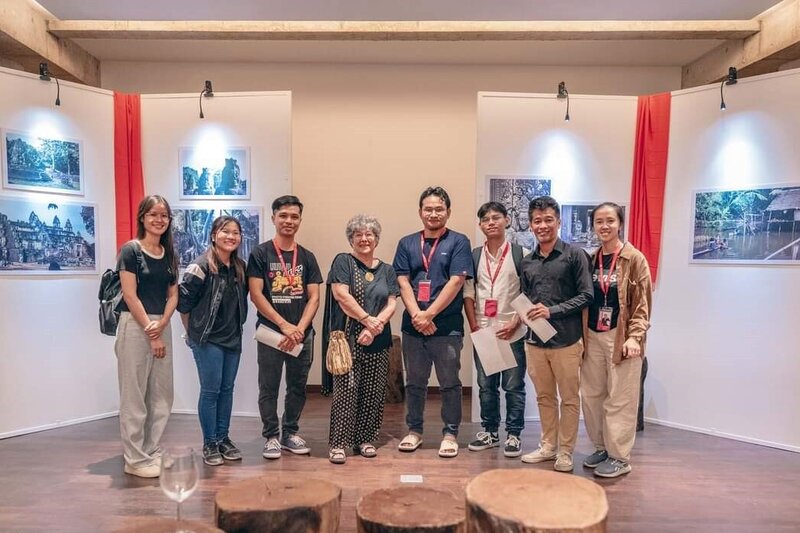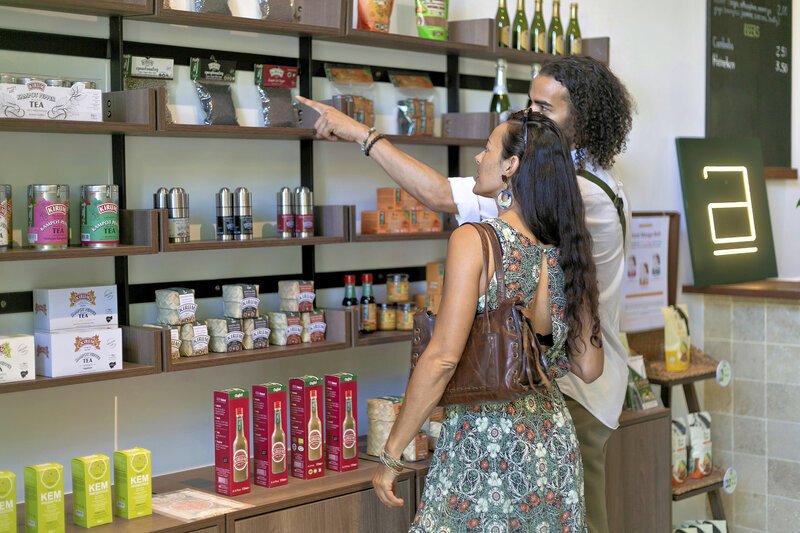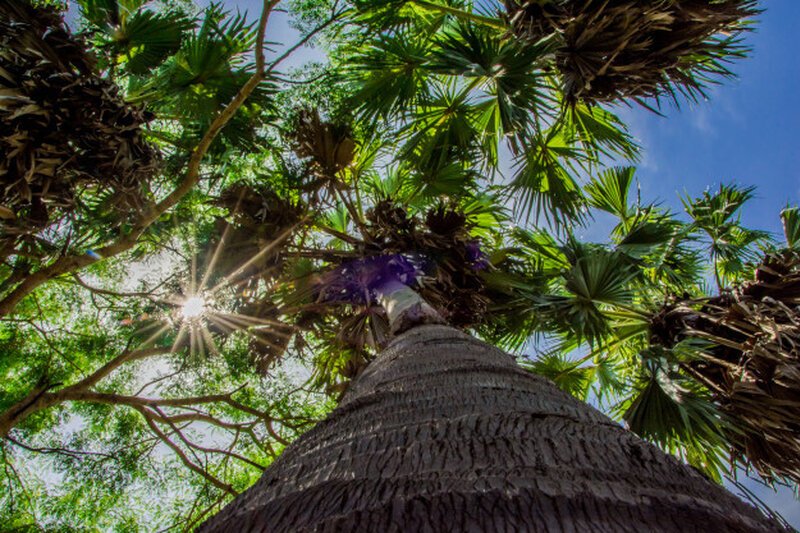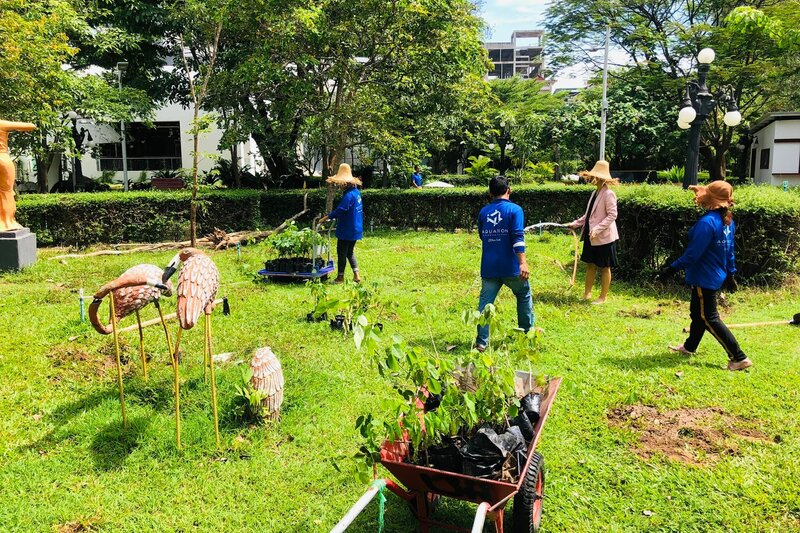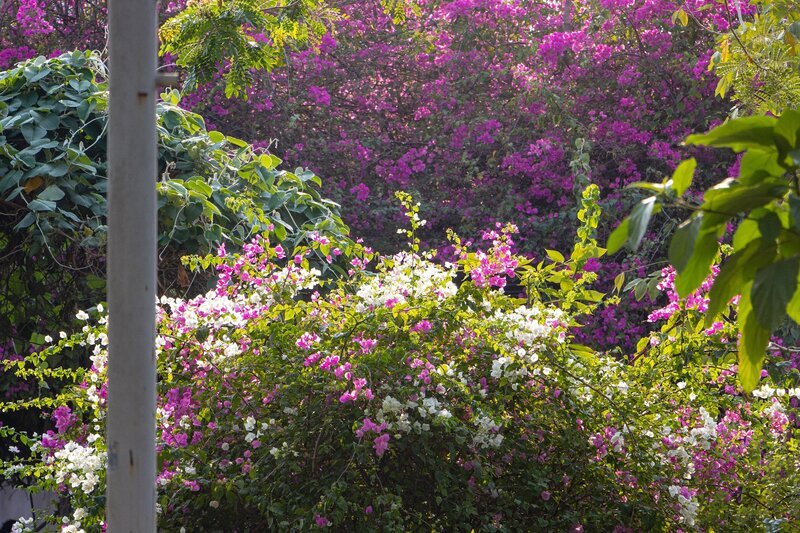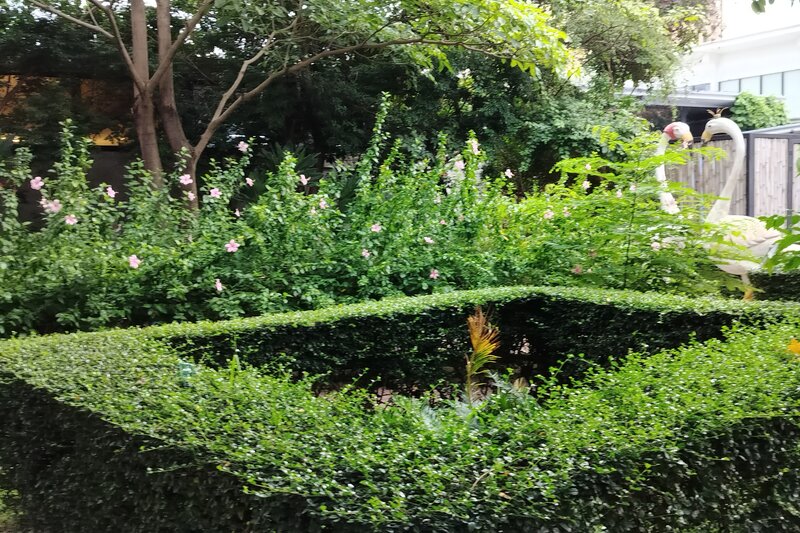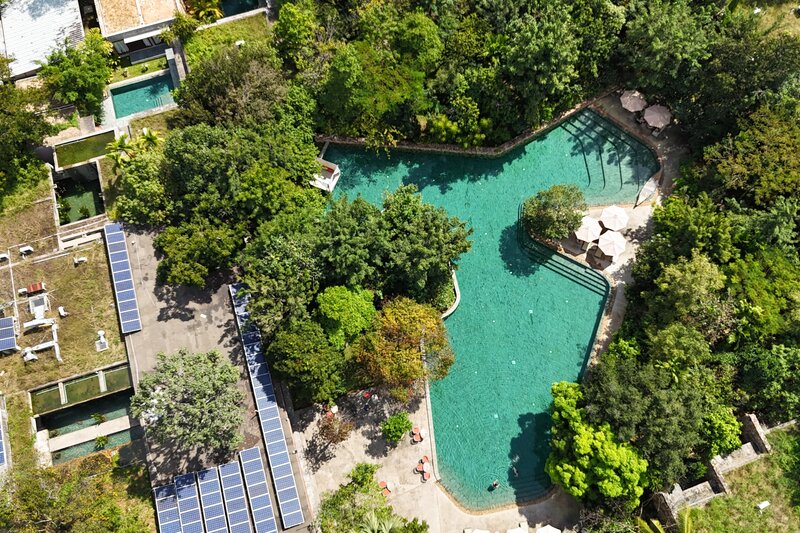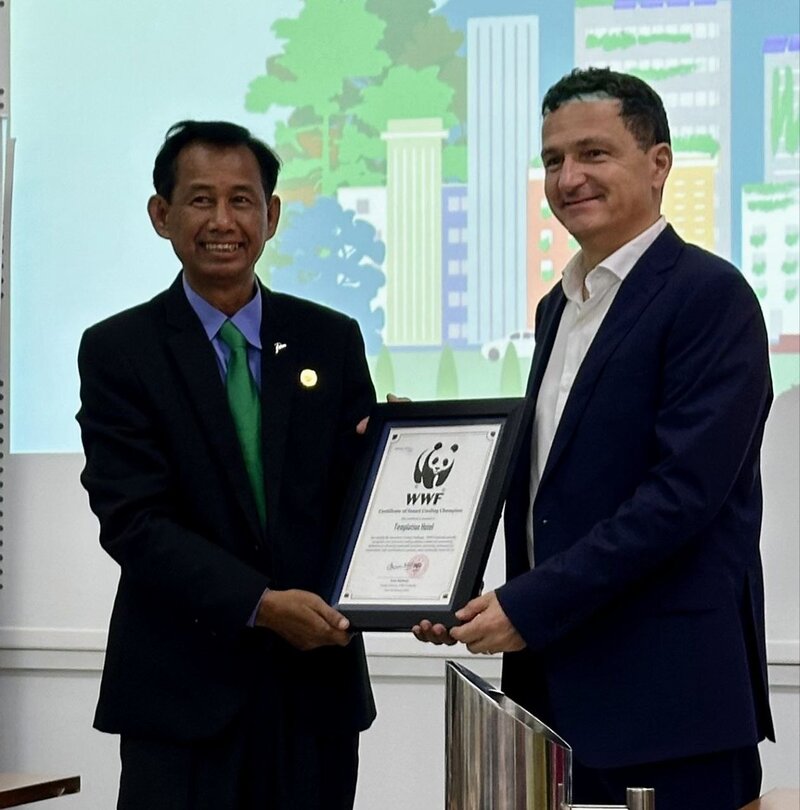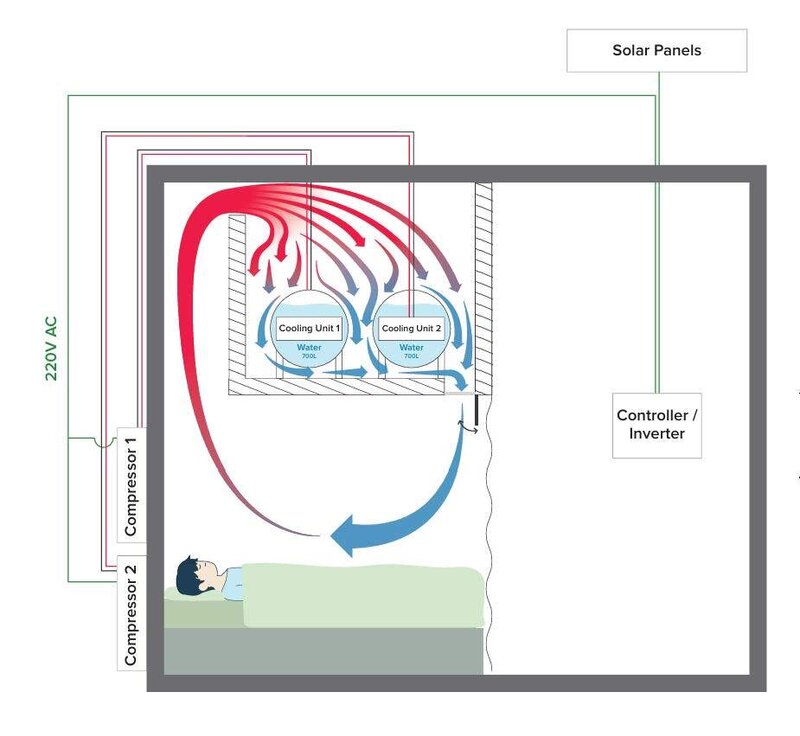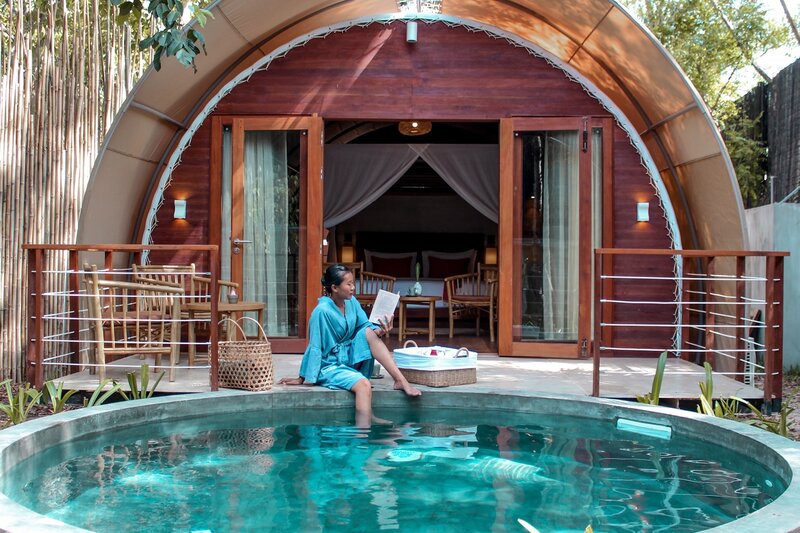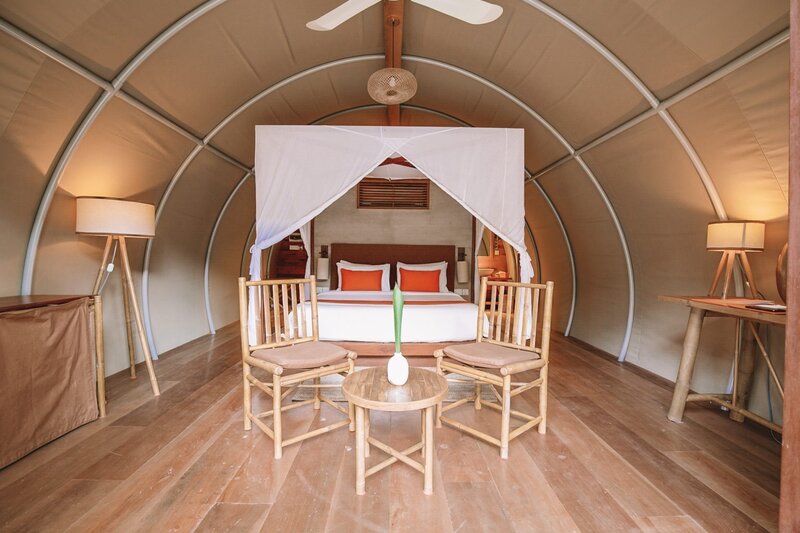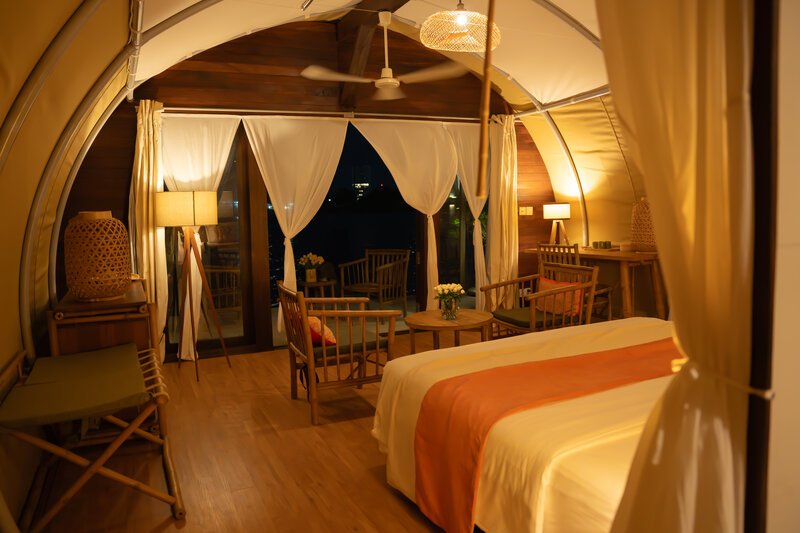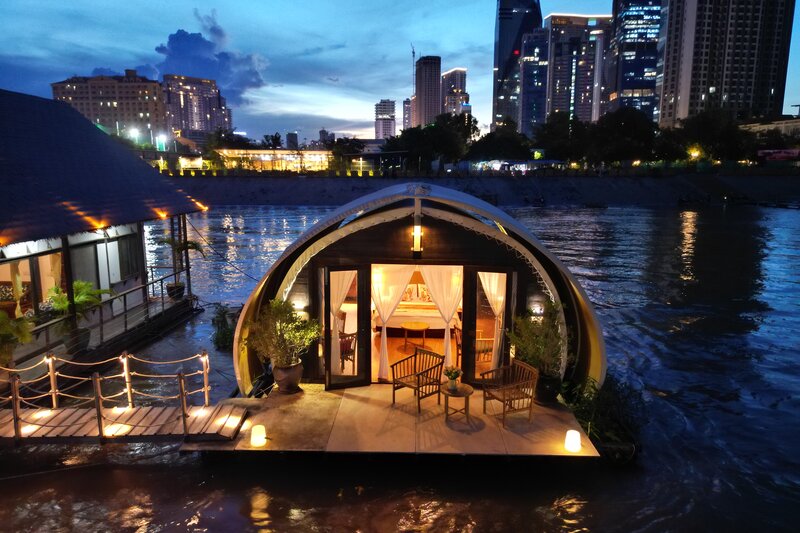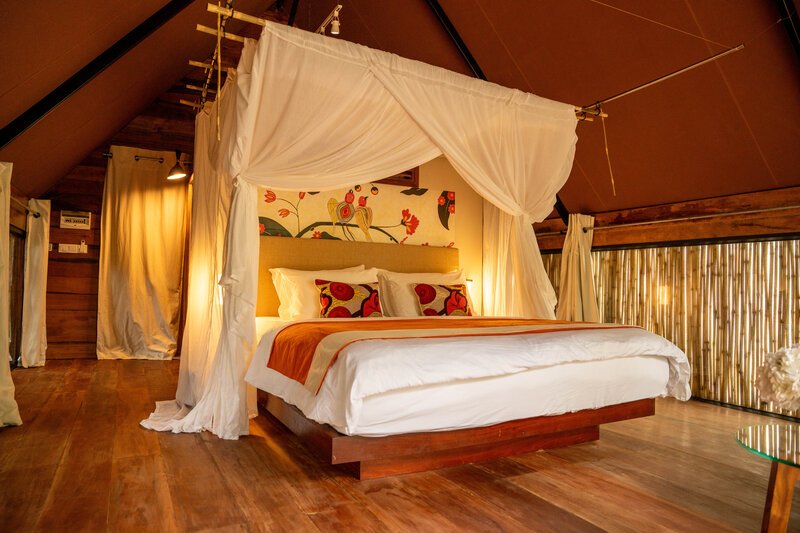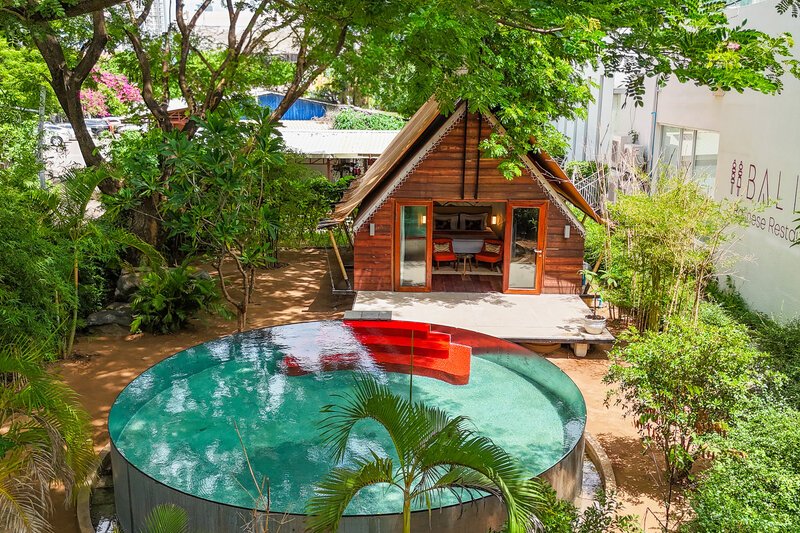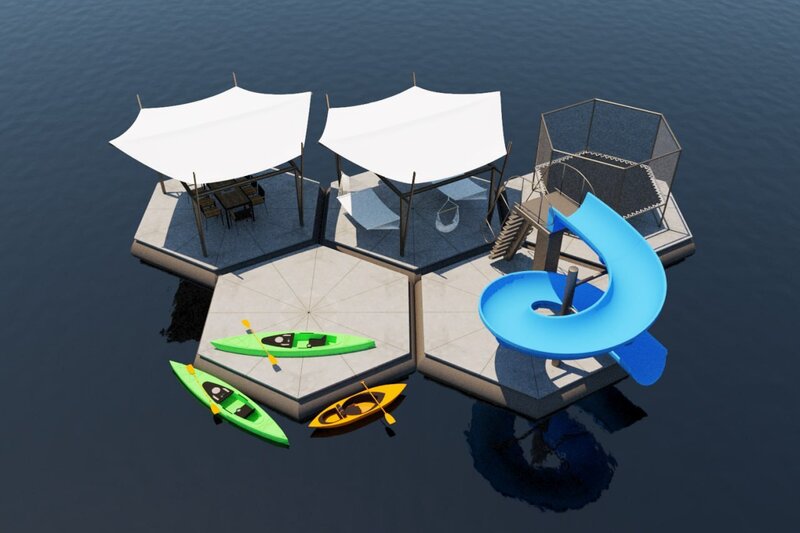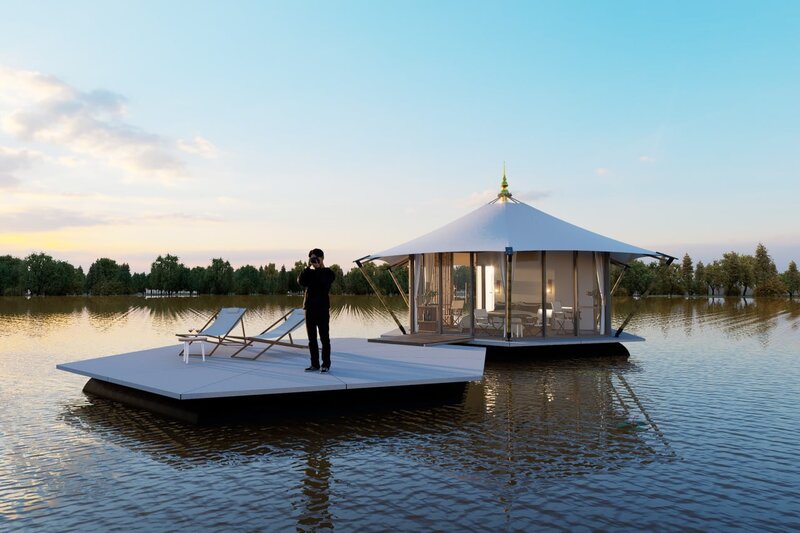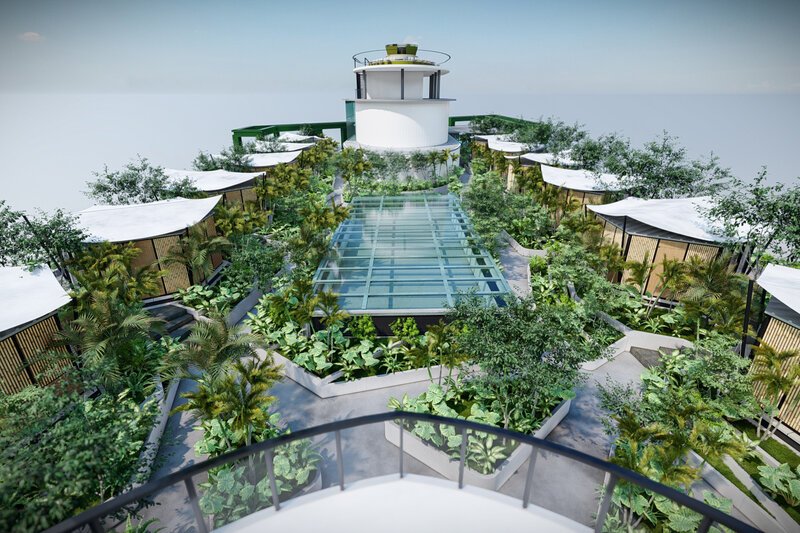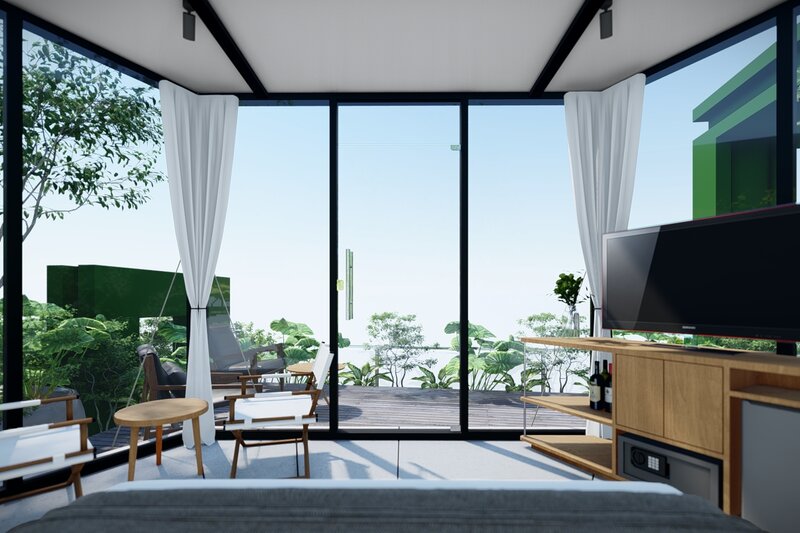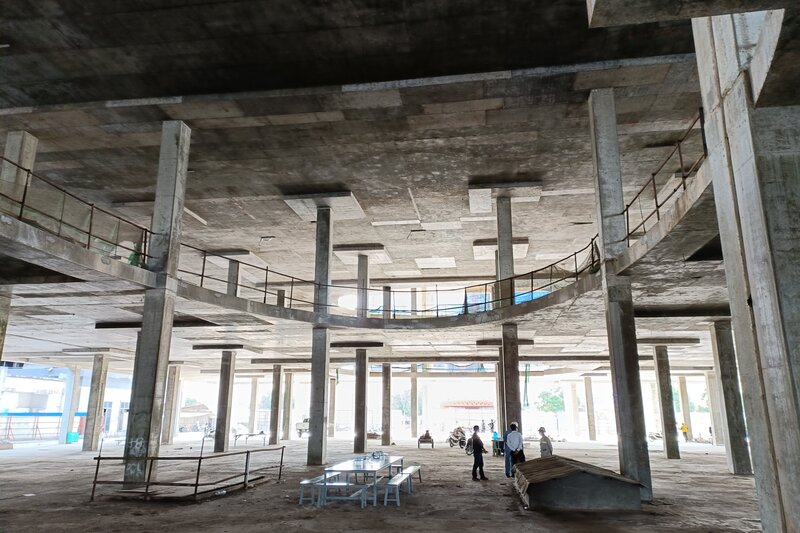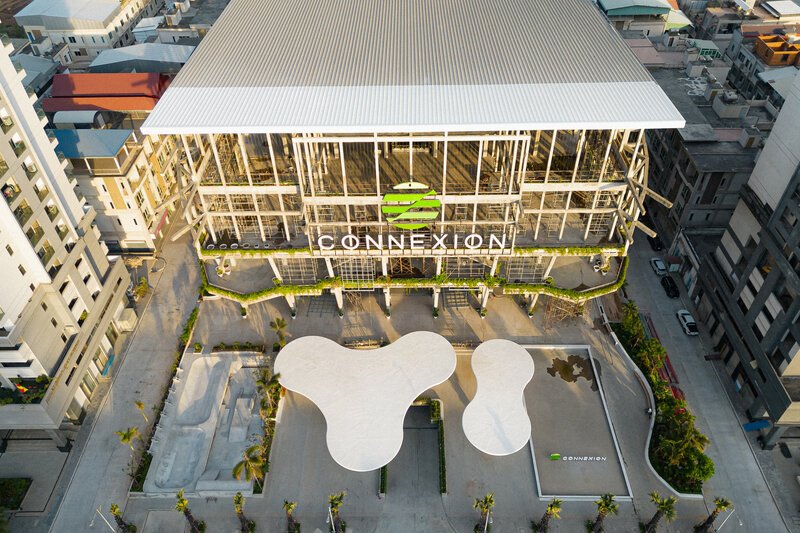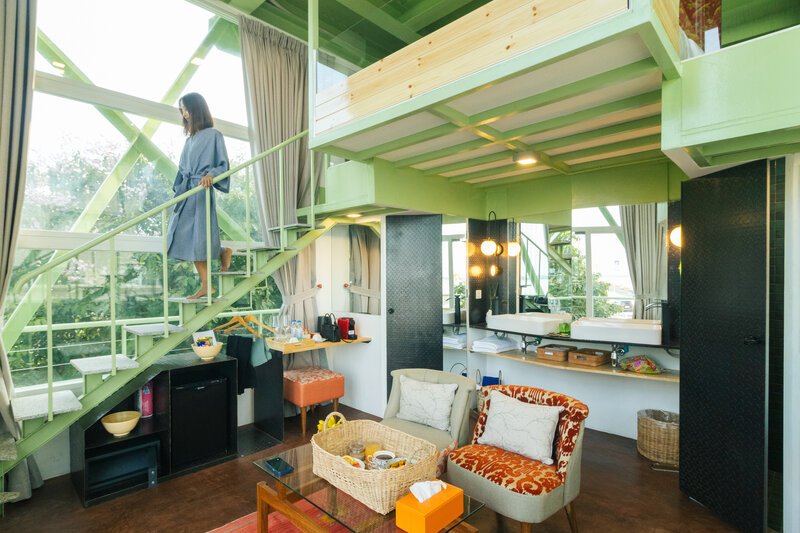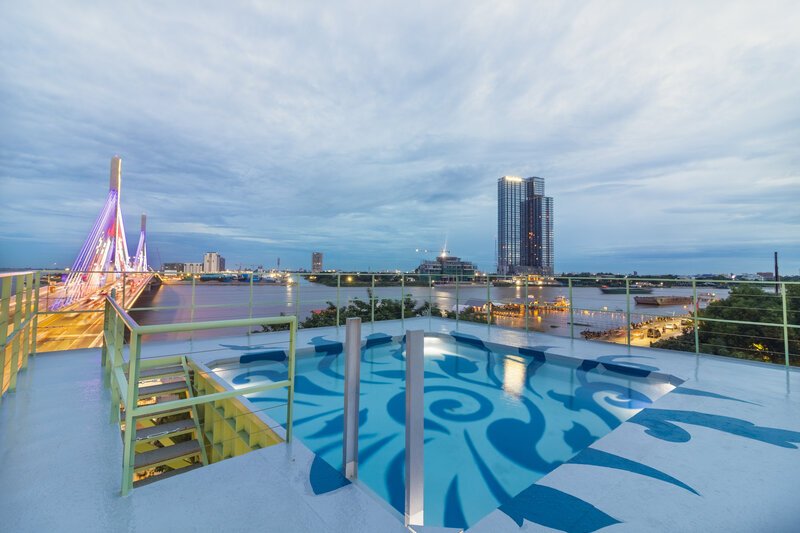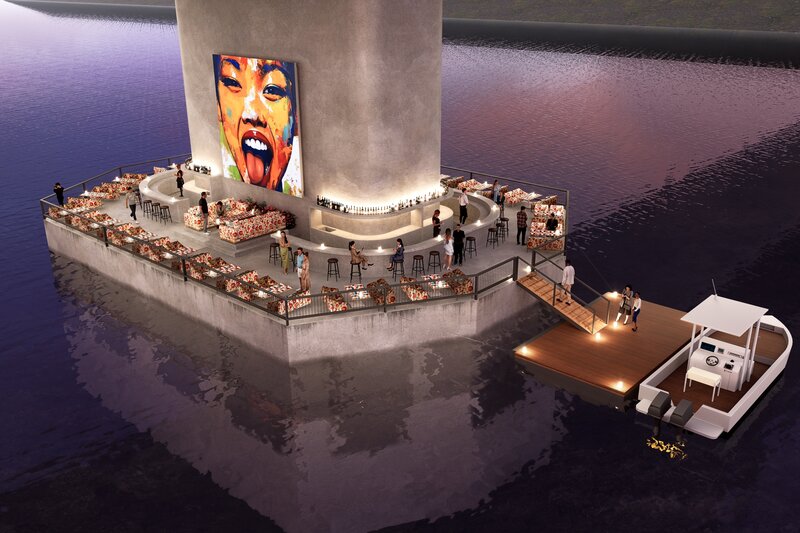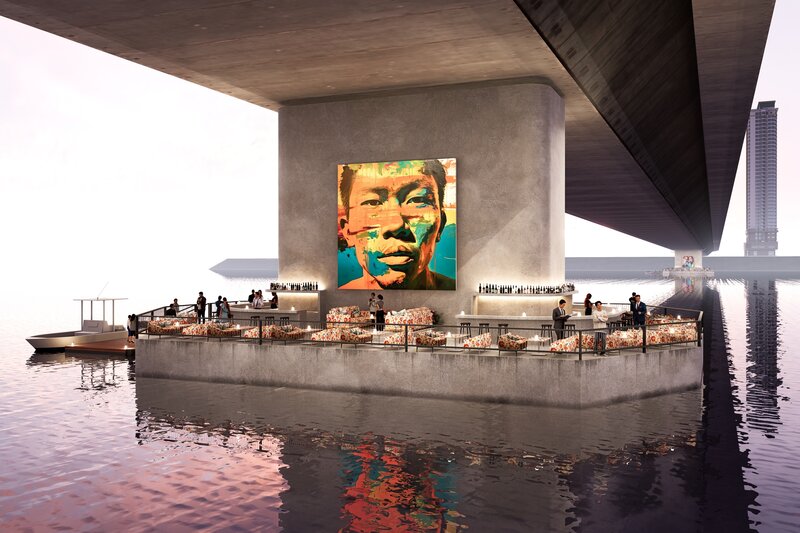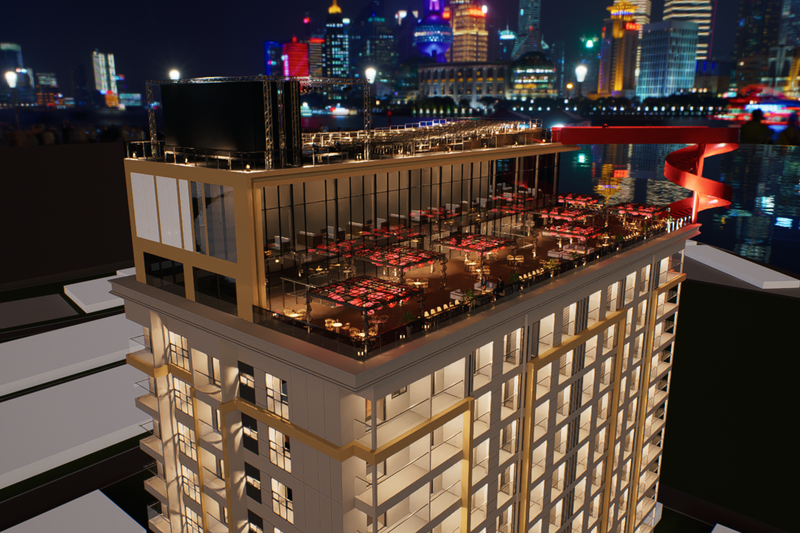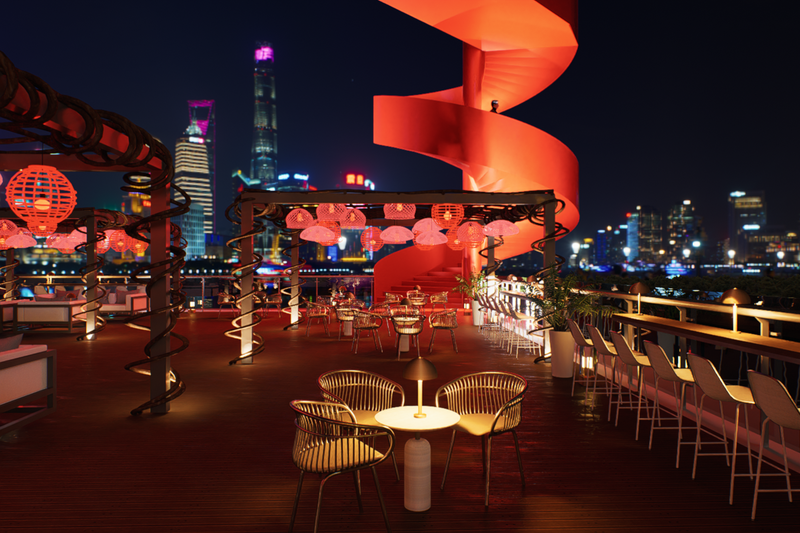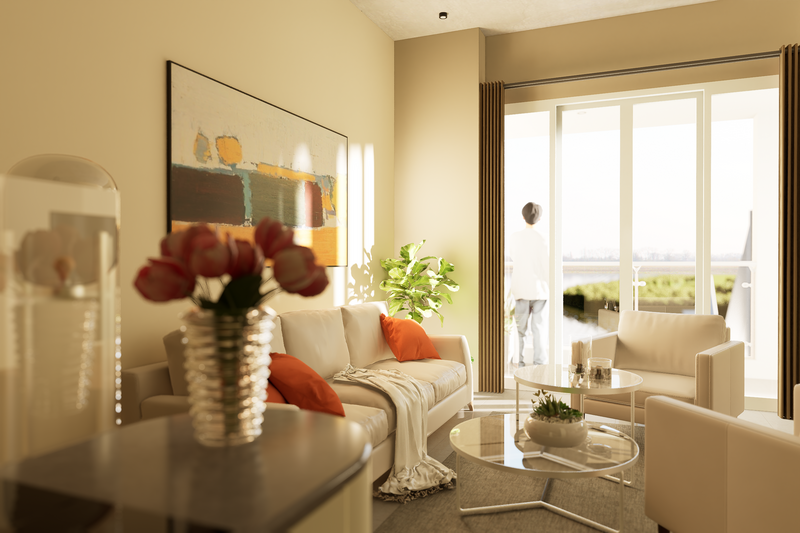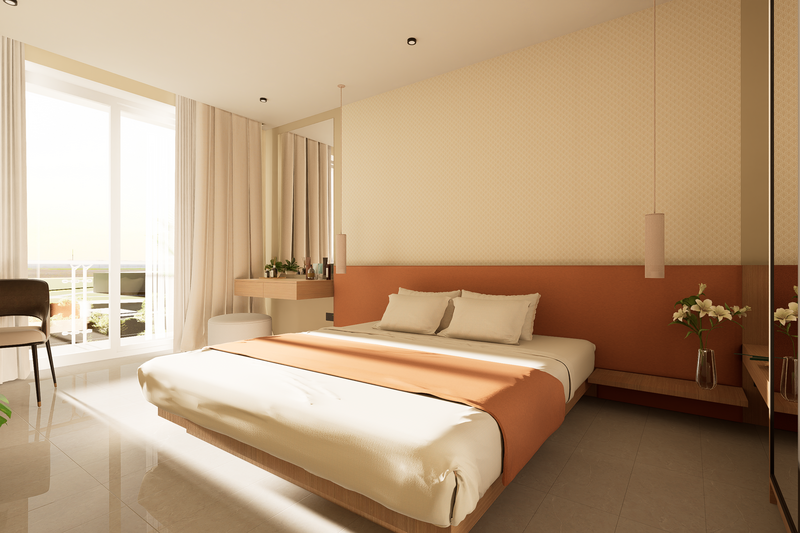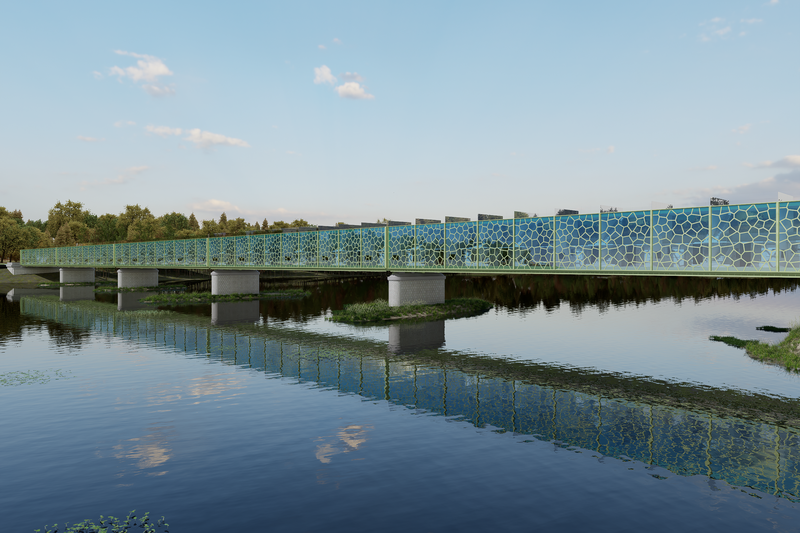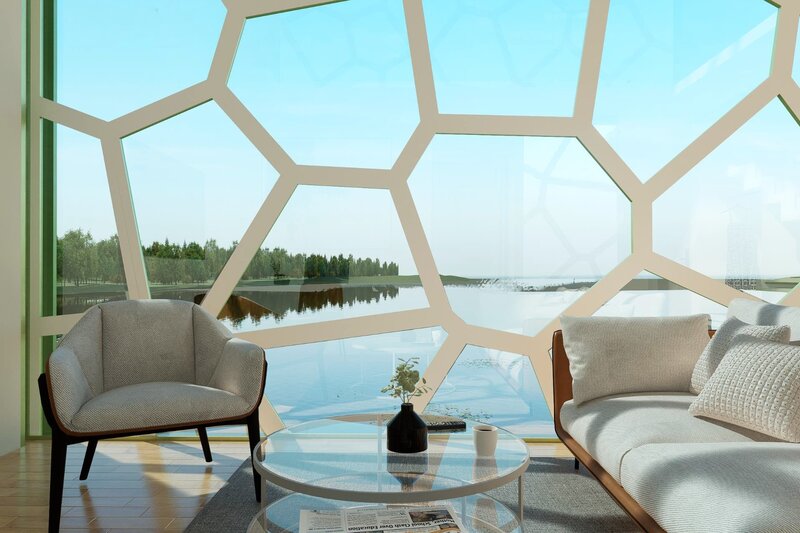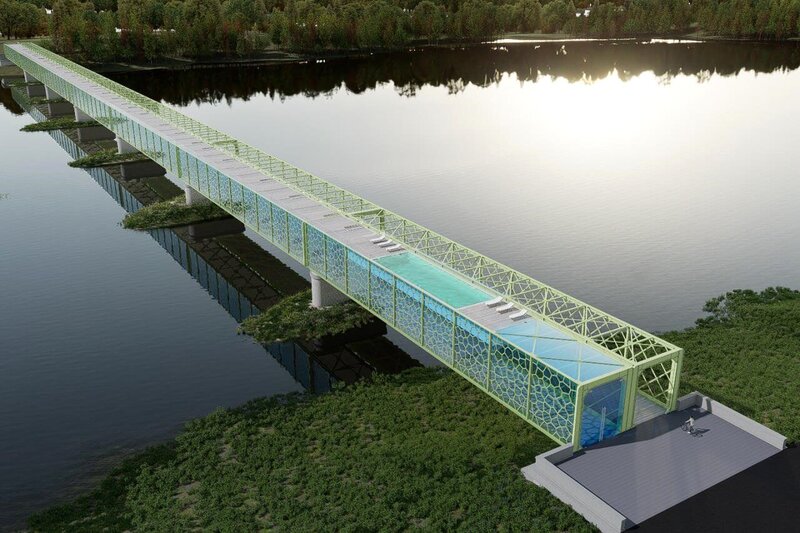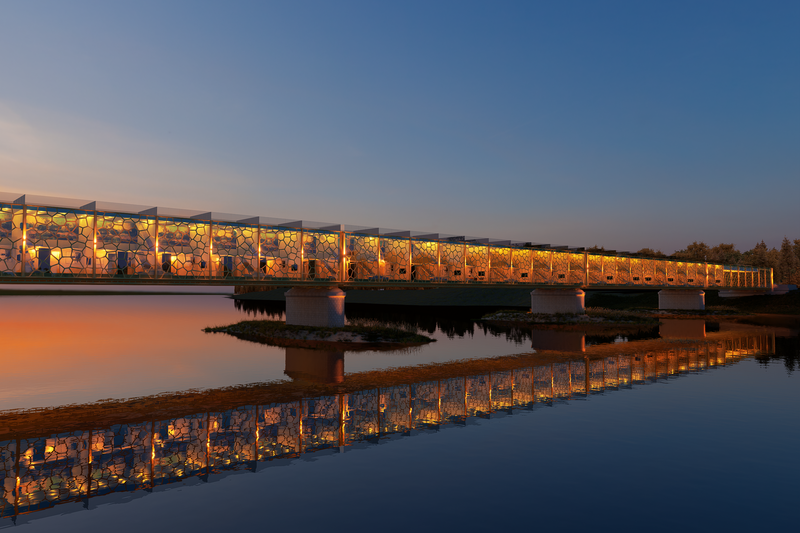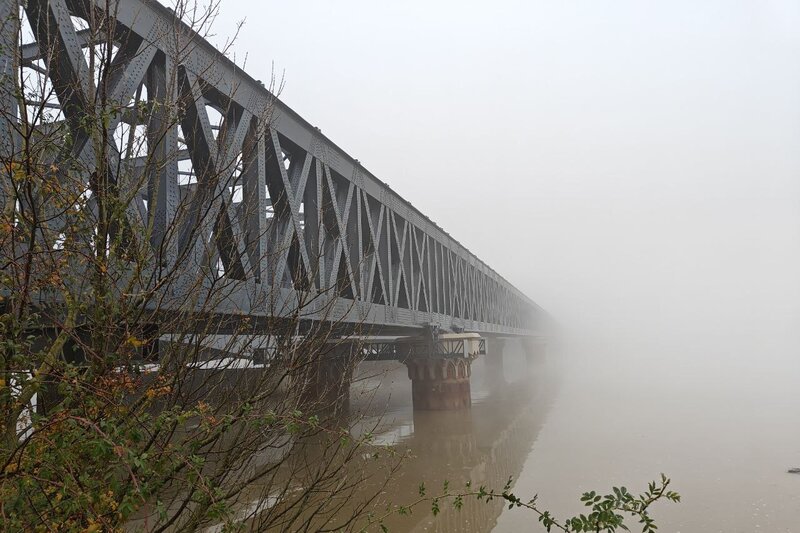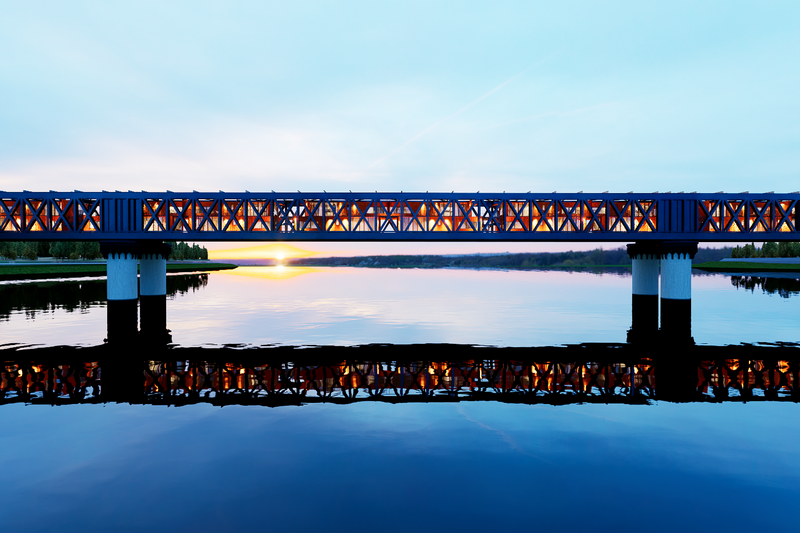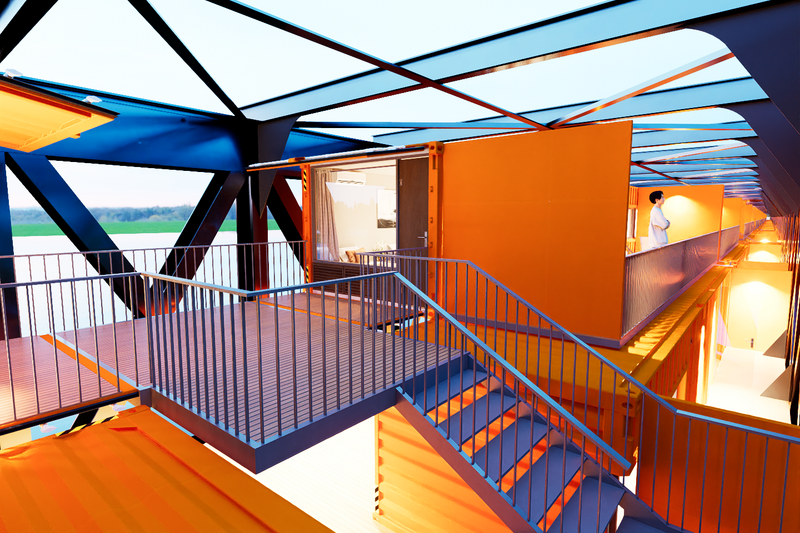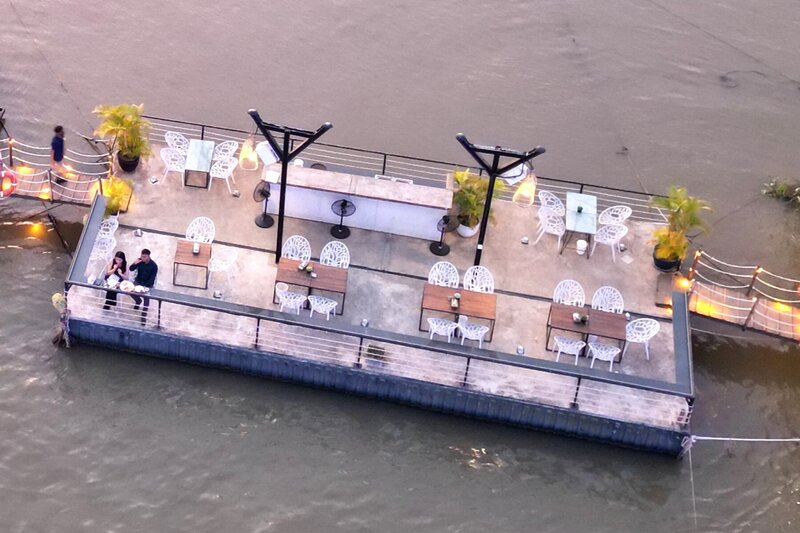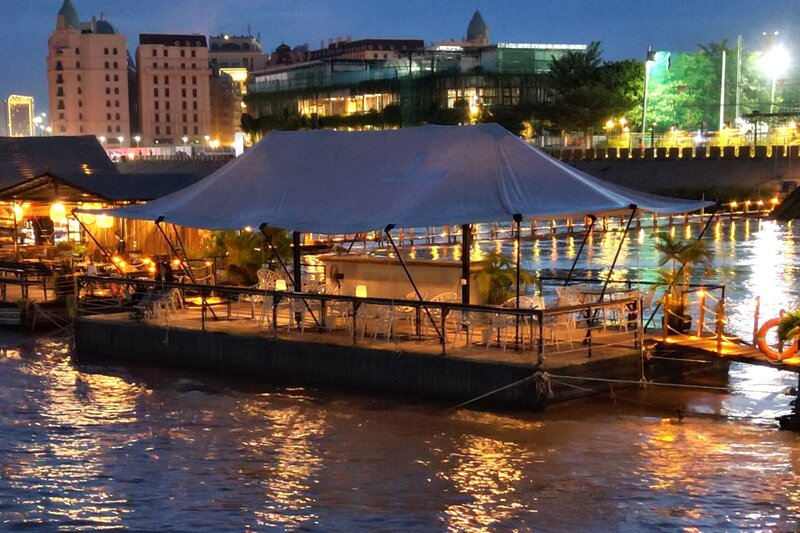Supporting Culture & Arts Link to Supporting Culture & Arts section
Angkor Database Link to Angkor Database section
The world’s largest online resource on Angkor and the Ancient Khmer Empire, its reverberation in Cambodian and worldwide arts. Gathering over 70,000 documents (books, publications, maps, research documents, authors biographies, Angkor-related glossary, images, movies).
With exclusive support from Templation Angkor Resort, Siem Reap, Cambodia.
full information on supporting culture & arts page.
New Cambodian Artists (NCA) Link to New Cambodian Artists (NCA) section
Two Cambodian contemporary dancers have been producing for several years shows depicting key society issues particularly related to women. They perform both in Cambodia and abroad.
Aquation Green Office Park in Koh Pich provides their rehearsal and performance space.
Follow Khun Sreynoch and Ny Lai
full information on supporting culture & arts page.
Princess Buppha Devi Dance School Link to Princess Buppha Devi Dance School section
The classical Apsara dance school related to the Royal Palace and ballet was funded in 2019 by HHR Prince Tesso Sisowath, with the support of HRH Princess Buppha Devi Foundation.
Aquation Green Office Park provides rehearsal and performance spaces to the school, with an attendance of some 150 students.
full information on supporting culture & arts page.
The Culinary Art of Cambodia Book Link to The Culinary Art of Cambodia Book section
Authentic Cambodian cuisine made easy by HRH Princess Norodom Rasmi Sobbhana. The book initially issued in French and English in 1960 was republished in 2021 by Templation Angkor Resort, complete with additional recipes in Khmer, historical background and photographs.
All sales proceeds are funding the Samdech Rasmi Sobbhana Scholarship in association with Royal University of Fine Arts (RUFA).
Artshows Link to Artshows section
Promoting local visual artists has long been a priority for us. Initiated in 2004 at Elsewhere with one of Cambodia’s most famous artists, Pich Sophea, artistic exhibitions kept following one another at the 240 gallery, Chinese House Lounge, Plantation Hotel, Templation Resort, White Mansion Hotel and Penh House Hotel.
Planting & Nurturing Link to Planting & Nurturing section
Confirel Organic Products Link to Confirel Organic Products section
A company passionately developed by Penh House Hotel owner, Khmer-French pharmacist Dr. Hay Ly Eang. For more than 20 years, the brand has been dedicated to sustainable rural development.
Through innovation and technology, a range of food products typical of the country’s provinces has been developed, meeting highest standards of quality and ethics. Several, including thnot palm sugar, were the first in Cambodia to obtain a Protected Geographical Indication (PGI) recognized by the European Union - like the Kampong Speu palm sugar and the Kampot pepper.
Products are available in Cambodian stores, including a dedicated space at Penh House, and in Europe through Confirel EU, with free delivery around the whole continent.
Tree Planting | Green NGO Support Link to Tree Planting | Green NGO Support section
Over 200 trees have been planted at Aquation Office Park and Treellion Park, Diamond Island, Phnom Penh.
The saplings had been grown in Phnom Kulen nurseries supported by Archaeology and Development Foundation (ADF), a NGO combining archaeological research, Kulen rainforest regeneration, and support for local schoolchildren learning how to grow native trees.
Green Spaces Preservation Link to Green Spaces Preservation section
Within Aquation complex, Pavilion and Jungle Addition in Phnom Penh; Templation Angkor Resort in Siem Reap, and Island Center Point on Koh Rong Sanloem - the 'Faraway Island'-, close to 100 ha of greenery are being preserved, maintained and expanded.
Along with the constant presence of water, gardens have long been a key component of our identity.
Bioclimatic Research & Development Link to Bioclimatic Research & Development section
Smart Cooling Solutions Link to Smart Cooling Solutions section
WWF-Awarded project (February 2025), a solar-powered cooling system focused on the most important area in tropical environment: where you sleep.
Use good ole' water, no batteries: a research project conducted in partnership with Cambodia Institute of Technology and students from Lyon Institut des Sciences Appliquées, France.
In Sept. 2022- Jan. 2023, students-researchers Evangéline Hardy and Julie Mercier from INSA (Applied Sciences Institute, Lyon, France) conducted a research on this project, "Design and modeling of a low-tech cooling system in Phnom Penh, Cambodia" [pdf available on request].
The prototype being currently finalized at Aquation, Koh Pich, Phnom Penh, was awarded "Smart Cooling Champion" WWF Award in February 2025.
Jungloo, Land Version Link to Jungloo, Land Version section
The Jungloo (jungle igloo) is a bioclimatic tented bungalow, specifically designed to cope with environments constantly hot and humid. Its double skin and cylindrical shape generate a solar-chimney effect, pumping the cool air up from the vegetation bellow to cool down its walls.
AC unit is located inside the bed mosquito net. When the mosquito net is open, the AC cools the whole room. When the net is closed, it concentrates the cooling power inside the bed space only.
Materials have an extremely low thermos-mass avoiding heat accumulation. This allows fast cooling when AC is turned on, without wasting power and time to cool the walls, floors and ceilings.
Eight of this Jungloo version units are hosting guests at Templation Resort, Siem Reap.
Jungloo, Floating Version Link to Jungloo, Floating Version section
Identical to the land version, also with eco-friendly furniture, the Floating Jungloo is buoyed up by a combination of recycled plastic tanks and bamboo.
It integrates the ‘Handy Pod’ from Wetlands Work! to efficiently biodigest its waste water without impact on environment.
One Floating Jungloo is currently in service near Floatation, Koh Pich, Phnom Penh.
Jungloo 2.0 Link to Jungloo 2.0 section
Larger than the initial Jungloo prototype, this version uses the same principe of double-layered roof for a bamboo and recycled wood structure reminiscent of Khmer traditional housing.
A very unique designer pool is attached to the structure, implementing solutions with reduced materials and labor use: cost effective and elegant.
Check on Treellion Park Jungloo, operating since 2023 at Treellion Park, Koh Pich, Phnom Penh.
Amphibian Hexagons Link to Amphibian Hexagons section
Solid hexagonal bungalows mounted on inflated rubber tubes, allowing them to either float or sit on land, wetland or sandy ground.
Shape makes possible to assemble and dissemble floating platforms depending on the users’ needs in a playful way. Online menu can be provided to potential guests so they could assemble their ideal suite.
This concept has been studied for potential ecotourism development around Tonle Sap Lake.
Prototype under construction.
Olympic City Glamping Rooftop Link to Olympic City Glamping Rooftop section
Glamping rooftops at the top of two high-rise buildings in the heart of Phnom Penh. Connected by ziplines on 22nd floor, hosting 36 tented bungalows hovering above the city in an aerial jungle.
Concept and design proposed to the Towers Operator.
Repurposed Architecture Link to Repurposed Architecture section
Connexion Link to Connexion section
A massive, unfinished shopping mall, repurposed into a bioclimatic complex hosting offices, food courts, entertainment and sports facilities.
The repurposed building features various ventilation solutions to avoid disrupting wind flow and creating an urban heat island, as well as ensuring proper ventilation and cooling within the structure itself. Large amount of greenery has being planted in vicinity and on itsfaçades.
Operating since February 2024, Koh Pich, Phnom Penh.
WaterTower - Sky suite & pool Link to WaterTower - Sky suite & pool section
Converting a period iron water tower into a one-of-a-kind duplex suite facing the Mekong River and the iconic Koh Norea Bridge. The water tank becoming a swimming pool and a lounge deck, right above the suite with state-of-the-art amenities. In Koh Pich, Phnom Penh.
Now available for booking
Norea Bridge East-West Lounge Link to Norea Bridge East-West Lounge section
Concept: convert a vacant pier of the recently opened Norea Bridge, linking Phnom Penh Koh Pich and Koh Norea, into a funky aqua-lounge.
Access by boat only, for partying under the bridge and with the river around. A quite different experience.
Concept and design submitted to bridge operator.
Diamond Bay Garden Rooftop Link to Diamond Bay Garden Rooftop section
A proposition to convert a vacant rooftop into a unique live performance space, as Phnom Penh does not have interesting mid-sized 300-seat halls available to artists. On top of a large condominium complex, the space overlooks the Four Rivers Junction and the new district of Norea Island, with Phnom Penh cityscape in the background.
Concept and design submitted to Tower Operator.
Diamond Bay Garden Apartment Link to Diamond Bay Garden Apartment section
In a condominium tower facing the Mekong and the new Koh Norea Bridge, revising the layout and design of a three-room apartment to improve its lifestyle experience.
Currently undergoing construction.
Projects in France 1: Sully Bridge Link to Projects in France 1: Sully Bridge section
A proposition to complete, and convert into a hotel, an unfinished 1870 railway iron bridge crossing the Loire River in Sully-sur-Loire, right at the core of Loire Valley Chateaux area. That would be the world's first hotel-bridge.
Read more. (in French)
Concept and design submitted to local authorities - pending response.
Projects in France 2: Eiffel Bordeaux Bridge Link to Projects in France 2: Eiffel Bordeaux Bridge section
A proposition to repurpose into a hotel a discarded railway iron bridge built by Gustave Eiffel in 1880 over the Garonne River in Bordeaux, right at the edge of the St Jean Railway station. The bridge had been saved from destruction by an urgent action from UNESCO. It is currently unused and inaccessible.
Concept and design submitted to local authorities - pending response.
Container Magic Link to Container Magic section
Floating Containers Link to Floating Containers section
Containers carry this magic of being both the package and the product. Their hidden side, the floor, is the most interesting one. Unlike all other sides, it is made of plywood screwed on light beams, allowing to fit openings - windows and doors - without affecting structural strength nor transportability.
Two discarded 40-foot High-Cube containers, tilted by 90°, their floors sides facing each other, strongly bolted together, and then filled with polystyrene waste to make them float. A solid 70m² platform, turned into a restaurant lounge made exclusively from recycled materials for a special ‘Dine on Trash’ experience on the river.
One platform is already operational at Floatation, Koh Pich, Phnom Penh.
drawings and rendering visuals by Ly Pengkeang and Chamnan Pichbormey for MAADS Creations Studio.

